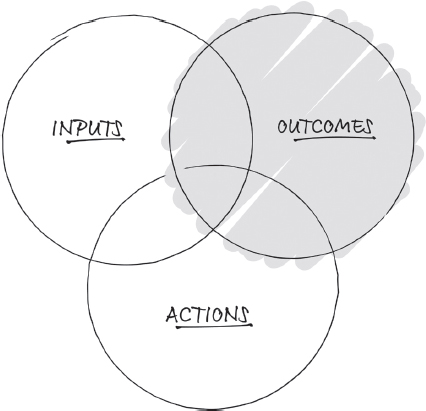PART III REALISE YOUR OUTCOMES

When Henry Ford first introduced the production line in his Model T factory, he popularised efficiency as the key lever to productivity. It was a concept that would shape the industrial workplace in the twentieth century. Efficiency was the key to the success of his Model T motor car, and it changed the way we produced and worked for many decades.
You see, Ford had a problem. The Model T was a car that was an instant hit with the American public — it was simple, handsome and, most of all, reliable. The problem was that he could not make them fast enough. Every car his workforce turned out was sold immediately, and he could not keep up with demand. His teams of specialist workers would work on each car individually, which was labour-intensive and slow. Ford knew that no-one in the auto industry was making cars any faster, so he looked elsewhere for a solution. His research led him to a meat processing factory, and as he watched the carcasses being hoisted onto hooks and passed down the line for each worker to cut off his piece, he knew he had his solution. The mass production line was born.
Ford had realised that by stationing specialist workers along the assembly line, and passing the car through each in turn, he could radically reduce the time it took to build a car. The time to produce a Model T fell from over eleven hours to about an hour ...
Get Smart Work now with the O’Reilly learning platform.
O’Reilly members experience books, live events, courses curated by job role, and more from O’Reilly and nearly 200 top publishers.

